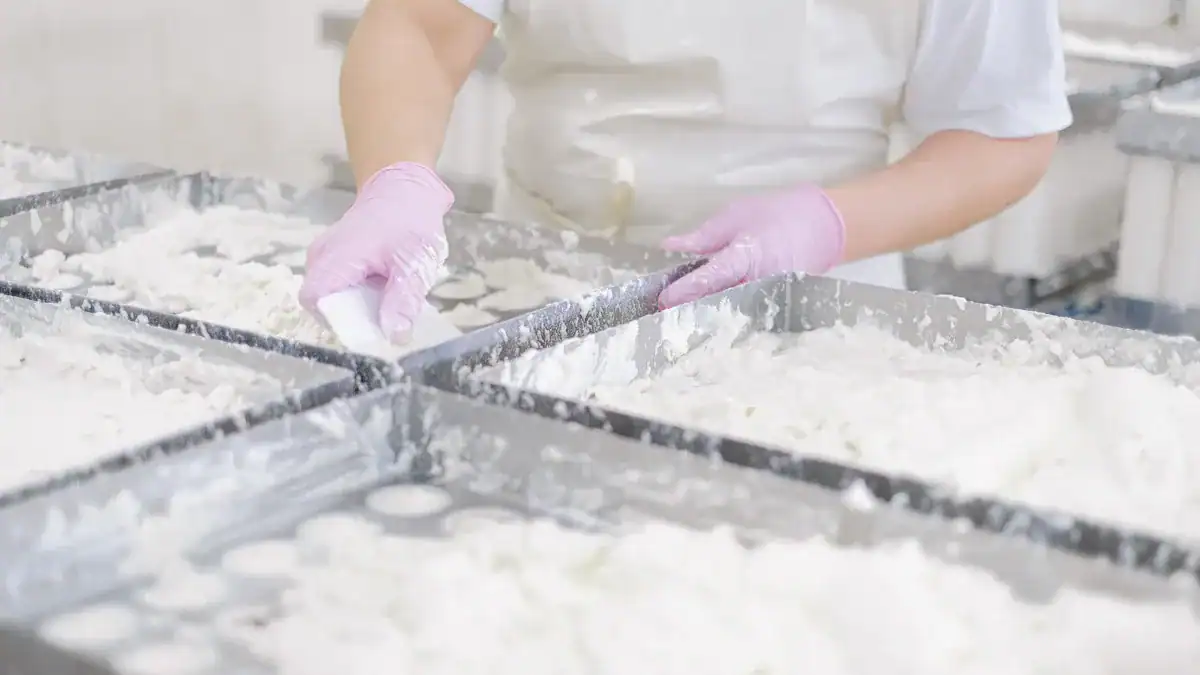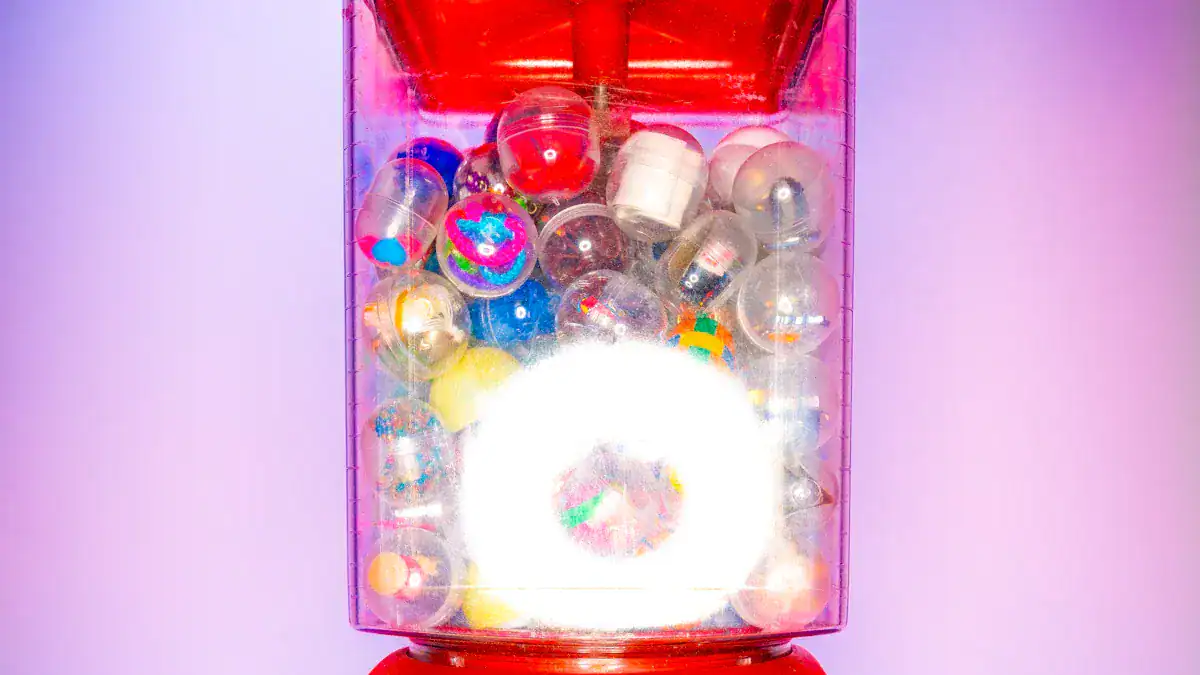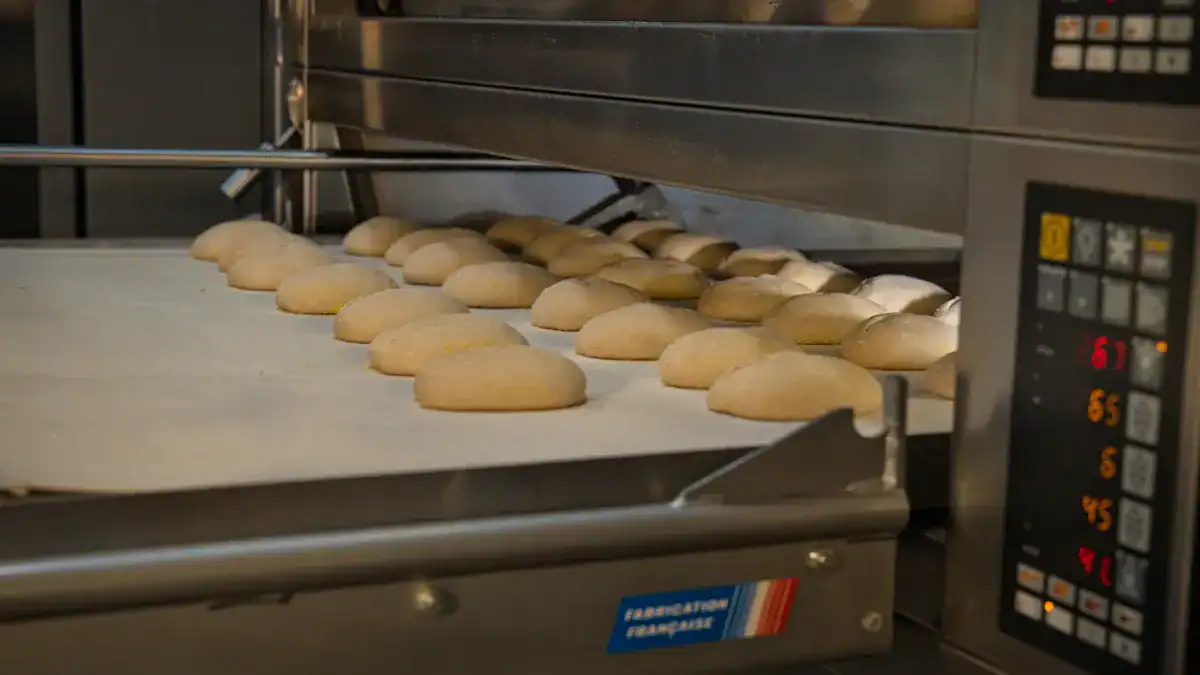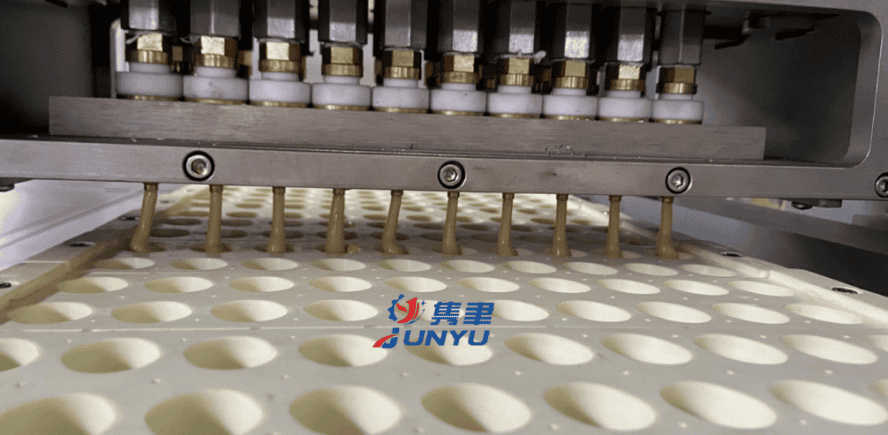How to make a juice ball?
As a professional juice ball production line & juice ball machine factory, many of our clients use our machines to produce juice balls every day. So in this article, we will talk about some of the juice ball in this industry.
In most cases, making a juiced ball requires the use of several separate machines.
Some of these are general food-processing machines that are used in combination with others to produce a specific final result.
For instance, it’s not uncommon for a juice ball manufacturer to have several different kinds of mixers and slicers as well as an extruder and a thermo-mechanical press.

Each of these is designed to handle specific tasks.
The end result of the process is usually either pre-packaged or bulk quantities of frozen juice balls.
There are, however, some factories that will make small batches on demand or even custom orders.
This article details how a juiced ball is made in the factory and what machinery is used to achieve this result.
What is a Juice Ball?
A juice ball is a product that can be frozen, thawed, and eaten at any time.
It’s a round ball of dough that is made up of a mixture of different ingredients depending on the type of ball being made.
A juice ball is usually smaller than a tennis ball in size and is soft and chewy in texture.
There are many different types of juice balls on the market and they come in many different flavors and colors.

A juice ball is also referred to as a gummy candy, grape ball, and candy grape.
There are many different ingredients that go into making different types of juice balls.
These include starch, gelatin, corn syrup, sugar, coloring agents, and flavoring.
The juice that gives the product its name usually comes from either grape juice or apple juice. There are, however, other types of juice that can be used to make juice balls as well.
Pre-Processing for Juice Ball Manufacture
Most factories that make juice balls will have a large variety of ingredients and equipment on site.
Some of the larger juice ball manufacturers, in particular, have everything they need right there. Many other companies, however, will have to source the ingredients and equipment they need from elsewhere.
In some cases, they may have to buy a whole new line of equipment if they don’t have what they need.
This is a significant investment, which is why it’s important to know exactly what you’re going to be making before you put the wheels in motion.
The first stage in making juice balls is to decide on the ingredients you’re going to be using.
This is especially important if you don’t already have the ingredients on hand. It’s common for companies to special order ingredients from suppliers in bulk.
This is particularly the case if the machine they already have in place is capable of making many different types of balls.

Some factories, however, have their own special recipe for the basic ingredients that go into making the balls.
Whatever the source of the various ingredients, the next step is to mix them together. This is usually done using a mixer.
There are many different kinds of mixers that can be used. These include both standard mixers and continuous mixers.
Mixing and Kneading the Dough
Once the ingredients have been added to the mixer and the mixer has been turned on, steps are taken to ensure they’re properly mixed together.
At this point, the ingredients are poured into the mixer and kneaded. This ensures that the ingredients are thoroughly mixed together and that none of them are left behind.
The ingredients are then poured out of the mixer and onto a surface where they can be kneaded together further to make a smooth, even dough.
The person doing this kneading must be careful not to add too much pressure to the dough.
This is because too much pressure will cause the dough to have a rough texture that isn’t suitable for a juice ball.
It’s also important to make sure the dough isn’t too sticky or too dry. If it’s too sticky, it won’t be easy to work with. If it’s too dry, it might cause the dough to crumble as it’s being worked on.
Shaping the Balls
The mixing process is followed by the shaping process.
The dough is now ready to be formed into its final shape.
The most common way of doing this is to use a machine called a roller.

A roller is a large machine that has two rollers.
The rollers are usually made from stainless steel and have a diameter of about 15 inches.
The dough is placed in between the rollers and then passed through them.
This is done several times, each pass making the dough thinner and thinner until it’s the desired thickness.
After the dough has been rolled out and comes out on the other side, it will be in the shape of a continuous roll.
At this point, the roll of dough is cut into the proper size and then rolled into balls.
Freezing the Balls
The balls are then frozen and kept in a freezer until they’re ready to be packaged.
This is done to make sure they remain edible.
The freezing process is also what gives the balls their chewy texture. After being frozen, the balls are ready to be packaged.
They can be packaged in a number of ways.
The first option is to place them into plastic bags and seal them up.
The other option is to place them into pre-made boxes.
The boxes are then ready to be shipped out in bulk to the end user.
Other Common Steps in Juice Ball Manufacture
There are some steps that are common to almost all types of juice ball manufacture and are therefore worth mentioning.
The first of these is sampling.
Before the factory starts producing juice balls in bulk, they will want to make sure the recipe is correct. To do this, they will make a test batch of juice balls.
The sample is then given to quality control personnel for them to try it out and make sure it tastes good. If there are any issues with the sample batch, they will be able to identify them.
Once everything is ready and a sample is confirmed, the factory can begin production.
Another important step in the process is the packaging.
This is important because the finished juice balls need to be packaged in a way that protects them from damage.
In addition, the packaging needs to be attractive enough to catch the eye of potential customers.
Juice balls are usually packaged in either plastic or paper bags.
Conclusion
It’s important to understand that there isn’t a single machine that can make a juiced ball.
There are, however, several different machines that you can use in combination with each other.
Some of these are standard food-processing machines that are used in combination with others to produce a specific final result.
Making a juiced ball requires the use of several separate machines.
The first stage in the process is choosing what you want to make.
From there, you can decide which machine you need to use and what ingredients you should put into it.





